Make your own easy fruit and vegetable wash 11 different ways! Save money over expensive store-bought produce wash and get rid of the yucky stuff naturally.
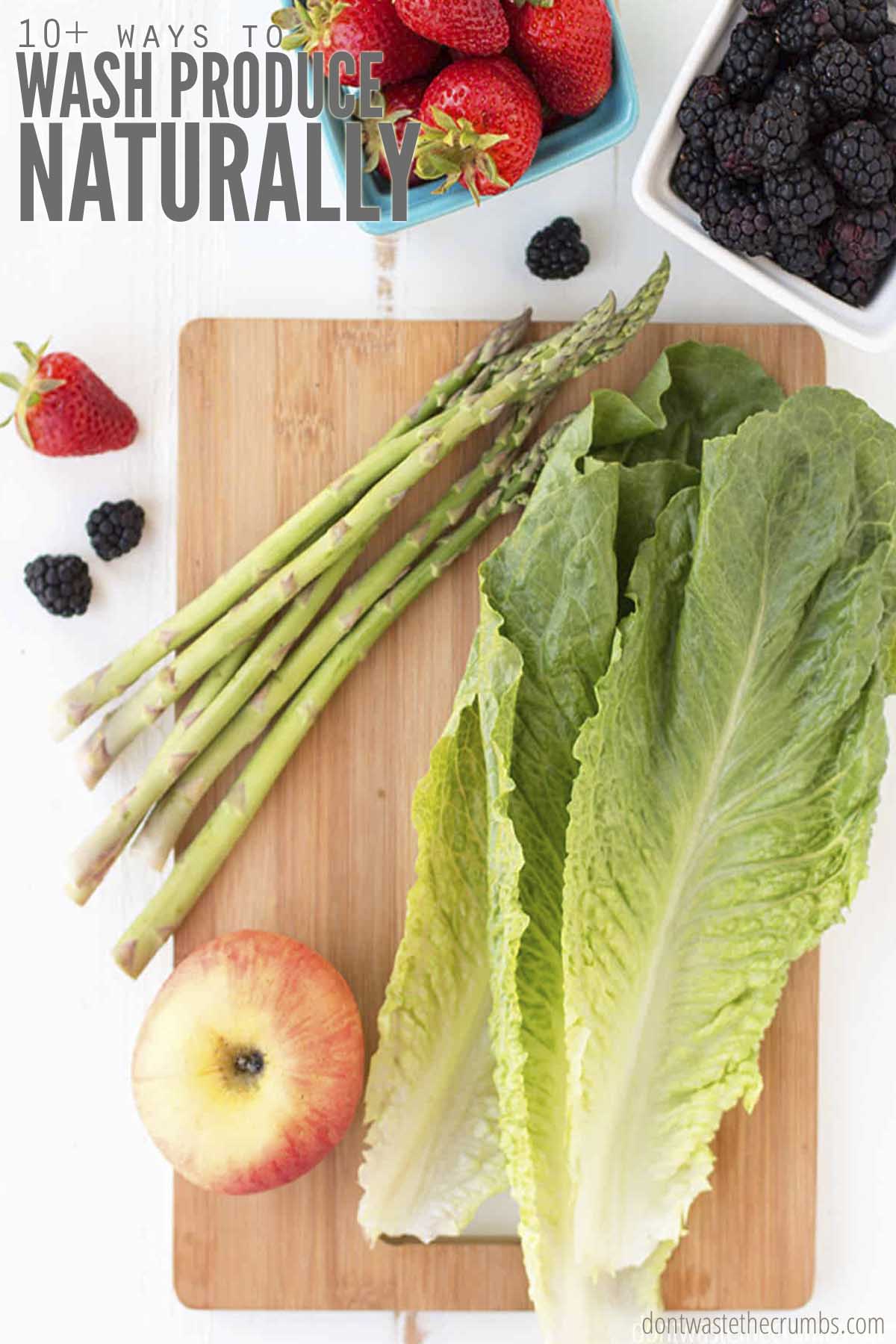
Warning: If you haven’t seen strawberries yet this season (or made a batch of Easy No-Cook Strawberry Jam), they’re coming!
And this post is the early sign we all need to get our ducks in a row when it comes to washing our fruits and vegetables. Have you seen the price of store-bought veggie wash? Way out of my budget!
HOMEMADE VEGETABLE WASH BENEFITS
Homemade vegetable wash will save you money, especially if you use ingredients you already have on hand. I know I have at least nine of these in my house right now!
And it’s better for the environment too, because not only are you using more natural ingredients, but you’re also saving on packaging by using things you already have around the house. That’s a win-win!
Homemade vegetable washes are also better for your health. You won’t be ingesting some of the questionable chemicals in commercial veggie washes, while still removing dirt and pesticides from your produce. Pesticides are sprayed on all commercial produce – yes, even organic – and since it’s not a great idea to ingest pesticides if we can help it, let’s talk about how we can clean our produce naturally!
Here are 11 homemade fruit and veggie wash recipes, each using ingredients you already have at home!
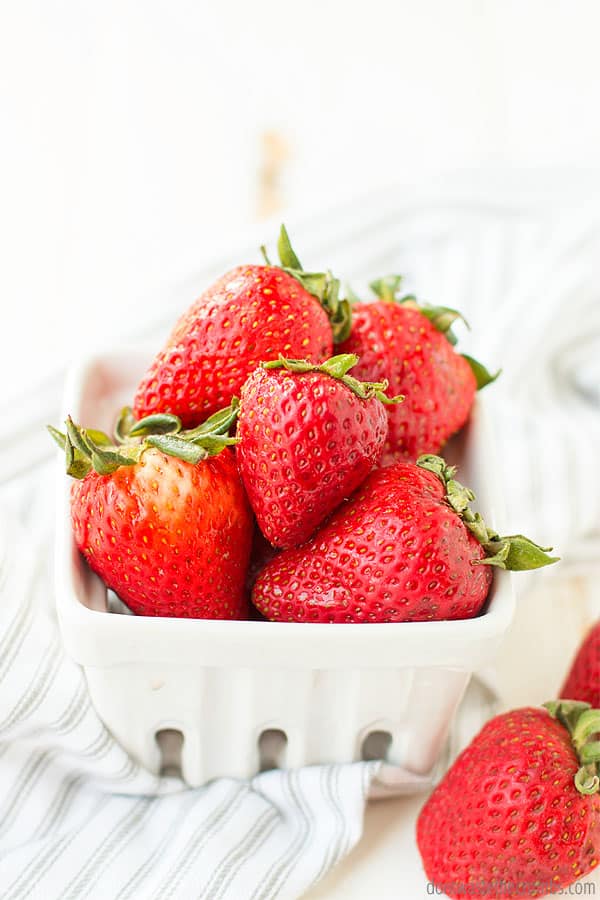
11 HOMEMADE FRUIT AND VEGETABLE WASH RECIPES
1. WATER
To restate what the University of Maine and the FDA advise, just use water. A soak and a good scrub, using a scrub brush like this one, will do the job.
2. WHITE VINEGAR
Washing vegetables with vinegar is one of the most popular methods, and for good reason. It’s so easy!
Because almost every home has white vinegar, it is an excellent option for all sorts of cleaning purposes. (My husband isn’t a fan of the smell, so I make citrus vinegar first, and then clean!)
To use white vinegar in a homemade produce wash:
Step 1. Combine 1 part vinegar to 3 parts room temperature water.
Step 2. Let the produce soak for 5-10 minutes.
Step 3. Scrub, rinse well, and set aside to dry.
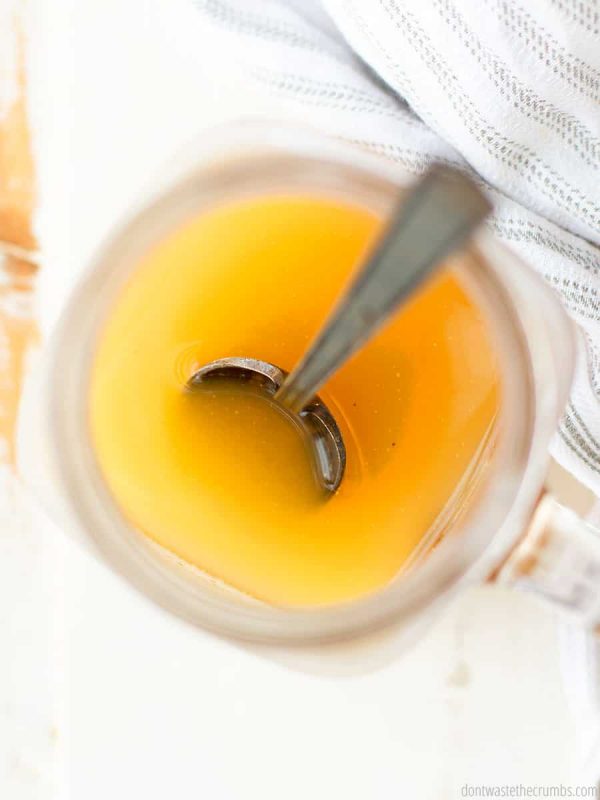
3. APPLE CIDER VINEGAR
If apple cider vinegar can detox the body, be used to condition your hair, and even remove moles, no wonder we use it to wash our produce. Apparently, though, I’m not the only one!
According to Dr. Oz, apple cider vinegar removes pesticides and bacteria more effectively. He recommends 1 part ACV to 10 parts water. Again, let the produce sit for about 5 minutes, scrub if necessary, rinse, and set aside to dry.
Ps… ACV typically costs more than white vinegar, so shop around for the best deal. The best price I’ve found online is at Amazon (just 15¢ per ounce, for organic ACV with the mother) BUT you can make your own ACV for even less if you aren’t in a rush and have apple peels and cores on hand. Here’s the easy tutorial.
4. LEMON JUICE
If you’ve tried using white vinegar or apple cider vinegar as a vegetable wash and noticed a slight aftertaste, try lemon juice instead.
For a lemon juice fruit and vegetable wash:
Step 1: Mix ½ cup freshly squeezed lemon juice with 2 cups water in a spray bottle.
Step 2: Spray onto fruit, and let the fruit sit for 3-5 minutes.
Step 3: Rinse.
Step 4: Air dry.
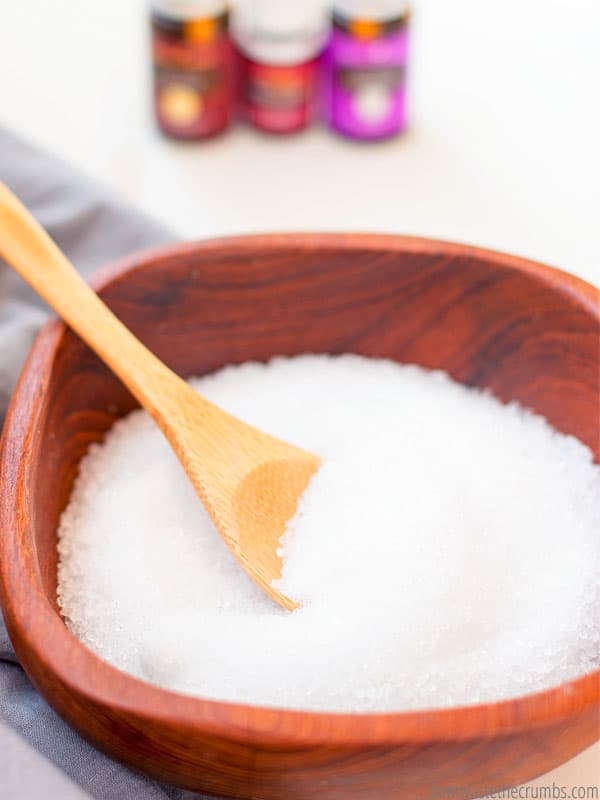
5. SALT
I would never have thought to use salt in a DIY produce wash, but this article claims that salt is a natural disinfectant that helps to eliminate pesticide residue!
To make a salt-based fruit and veggie wash:
Step 1. Measure 1 tsp salt for every 1 cup of water.
Step 2. Let the produce sit for about 2 minutes.
Step 3. Scrub.
Step 4. Rinse.
Step 5. Air dry.
6. BAKING SODA
Baking soda also works as a vegetable cleaner to remove pesticide residue.
To make a baking soda vegetable wash:
Step 1. Measure 1 tsp baking soda for every 2 cups of cold water.
Step 2. Submerge produce, and let soak for 12-15 minutes.
Step 3. Rinse.
Step 4. Air dry.
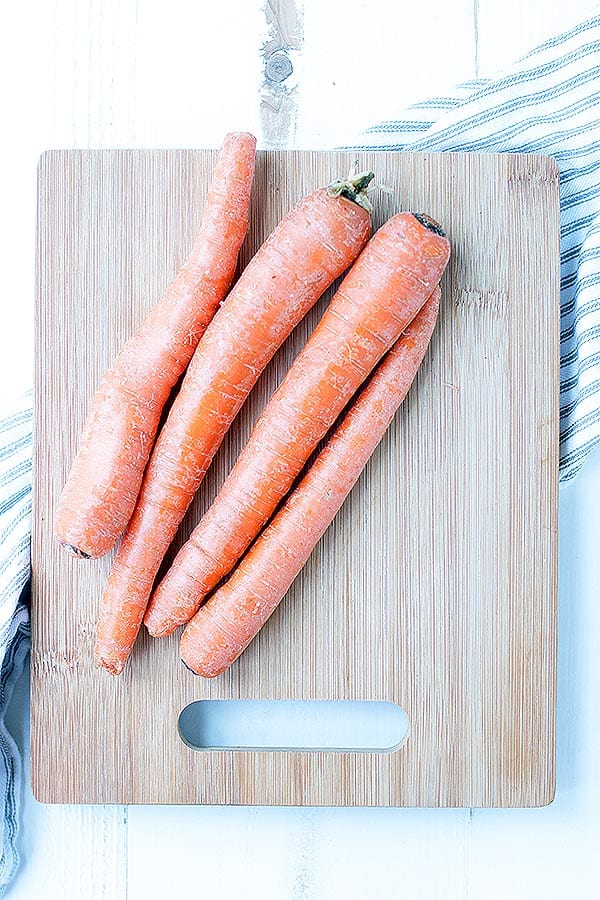
7. PEEL AND TRIM
Now this isn’t exactly a vegetable wash, but if your concern is the pesticide residue on the outside of the produce, then peeling and trimming the produce can take care of that!
8. HYDROGEN PEROXIDE
This method was recommended to me by a reader, but upon further searching, it seems to be fairly popular!
Step 1. Combine 1 Tablespoon of 3% hydrogen peroxide to 1 gallon of water.
Step 2. Soak.
Step 3. Scrub.
Step 4. Rinse.
Step 5. Dry.
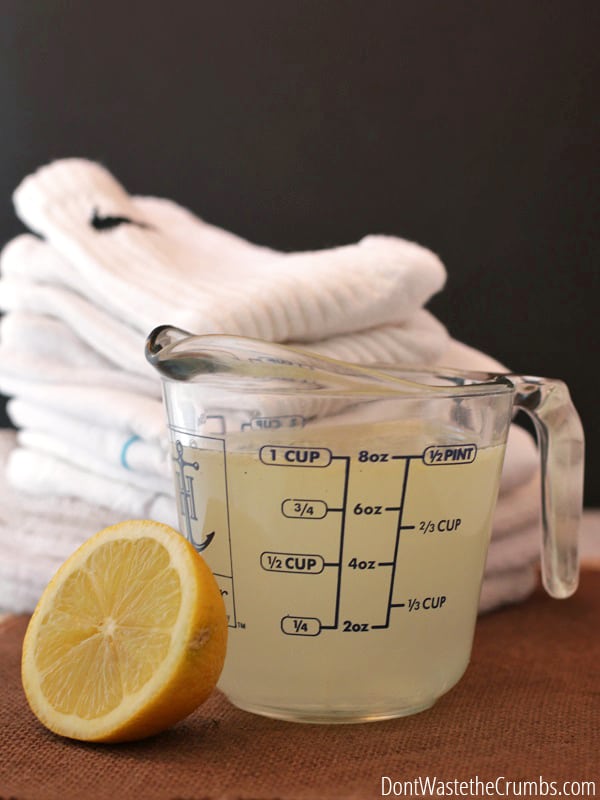
9. BLEACH
This isn’t my top recommended method, for obvious reasons, but also because we use a Homemade Bleach Alternative instead of traditional bleach in the laundry – so I don’t even have bleach in the house!
However, using bleach to sanitize produce (not just washing produce) is a common method in commercial produce production, and this guide from Oklahoma State University shares the FDA-approved guidelines for sanitizing produce with bleach.
Actually, using bleach to sanitize produce is especially common in countries where standards for food handling aren’t necessarily the best and your chances of getting sick are high.
To sanitize produce using bleach:
Step 1. Mix 2 teaspoons with 1 gallon of water.
Step 2. Soak produce for 1-5 minutes.
Step 3. Rinse.
Step 4. Dry.
10. CITRUS ESSENTIAL OILS
Enzymes in citrus essential oils (orange, lemon, grapefruit, etc.) contain monoterpenes, which have the ability to dissolve petroleum-based substances. Since many pesticides are petroleum-based, citrus essential oils can remove them!
The catch though, is that oil and water don’t mix. In order to use essential oils to wash produce, you have to combine them with castile soap.
P.S. I know there are a lot of essential oil companies out there and I’ve certainly tried my fair share of brands. After testing and researching and more testing, I’ve landed on Plant Therapy as being the best quality while still affordable. You can find Plant Therapy on Amazon.
11. CASTILE SOAP
To wash produce using castile soap and essential oils:
Step 1. Combine 1 teaspoon castile soap + 7 drops citrus essential oil + 1 gallon of water.
Step 2. Soak.
Step 3. Scrub if necessary.
Step 4. Rinse.
Step 5. Dry.
You can also use castile soap without essential oils as an effective produce wash as well. Use the same ratio as above, just omit the essential oils!
If you go this route, the best deal I’ve found on castile soap is also through Amazon, for just 22¢ per ounce.
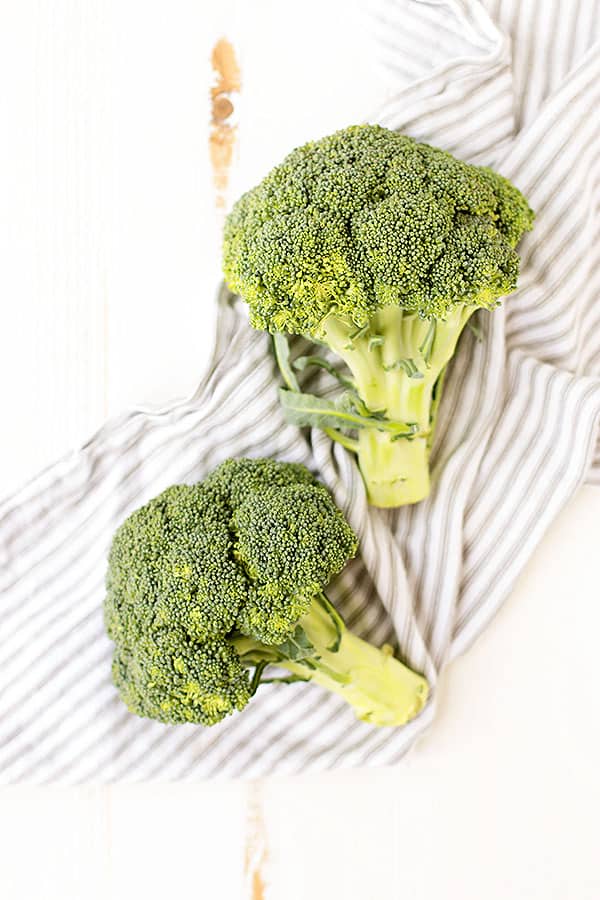
FRUIT AND VEGETABLE WASHING TIPS FOR CLEAN PRODUCE
- No Single veggie wash will remove all pesticides, wax, residues, bugs, and bacteria.
- The only way to consume produce that doesn’t have any of these things is to grow it ourselves. Since most of us aren’t able to grow 100% of the produce we consume, we’re looking for the next best option. That’s a homemade fruit and vegetable wash.
- Commercially grown organic foods are sprayed with pesticides.
- Yes, the pesticide must be on an approved list by the United States Department of Agriculture (USDA), but it’s still a pesticide.
- All fruits and vegetables should air dry, thoroughly.
- Many of these methods will get you a few extra days out of your produce, letting it last longer in the fridge before you get to “uh-oh we have to use this TODAY otherwise it goes into the trash.” But you’ll sabotage your own efforts if you put up the produce while it’s wet. Let it sit on a towel on the counter until it’s entirely dry, and then you can put it away.
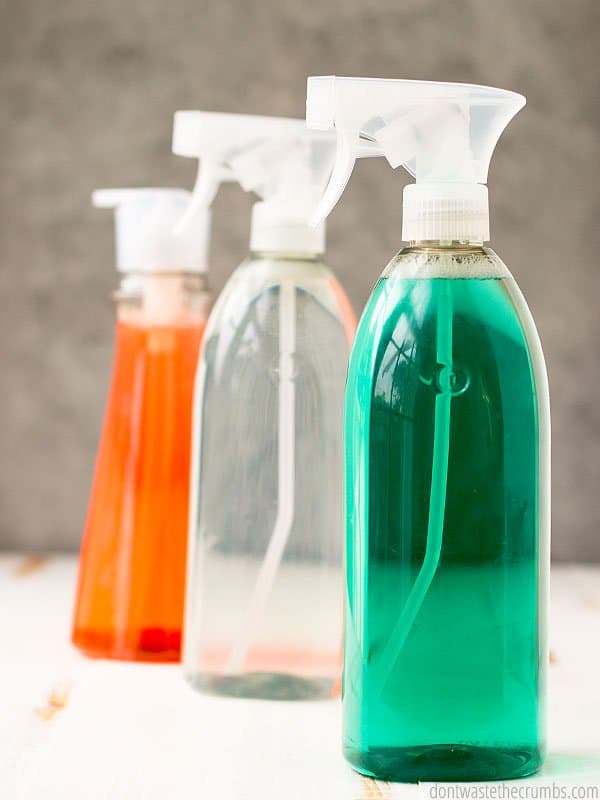
OTHER VEGGIE WASH CONSIDERATIONS
- Whatever you wash your produce in, should be clean.
- If you’re using a bowl, make sure it’s a clean bowl. If you’re washing produce in the sink, wash and scrub the sink first. Washing dirty produce in a dirty bowl or sink won’t do you any good!
- Consider making a small batch.
- Most produce washes talk about washing everything at the same time in the sink… but what if you don’t want to do that? What if you just want to wash one apple, right before you eat it? I suggest and recommend putting a dispenser at your kitchen sink and filling it with a smaller batch of whatever natural produce wash you choose to use. A foaming dispenser like this one would work great with soap-based washes, and a spray bottle like this one would be great for liquid-based washes.
VEGETABLE WASH FAQS
Is Vegetable Wash necessary?
The Food and Drug Administration (FDA) advises against using commercial vegetable washes because the safety of their residues has not been evaluated and their effectiveness has not been tested or standardized. The FDA also recommends washing produce in cold tap water.
So with all that said, check out my list on how we can wash our produce as best as we can, using ingredients we already have!
Does vinegar kill bacteria on fruits and vegetables?
Cleaning your fruits and veggies with vinegar ABSOLUTELY helps kill bacteria, making it safe to eat. If you’re not a fan of the smell, try my citrus-infused vinegar.
Which vinegar is best for cleaning vegetables?
I highly recommend this white vinegar.
How can I make my produce last longer?
Choose produce that isn’t bruised or damaged. When you use a vegetable wash, make sure your produce is fully dry before storing it to help it last longer.
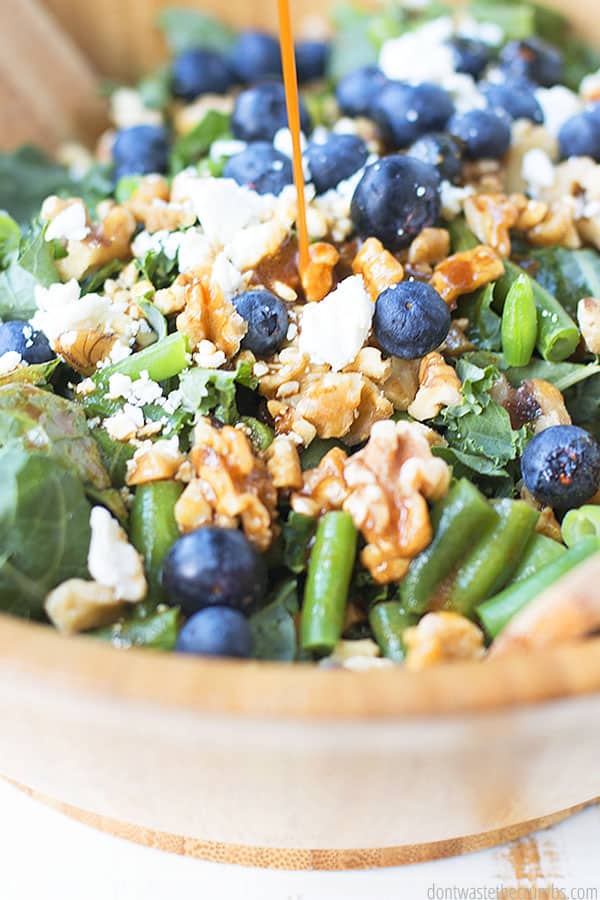
TO SERVE AFTER VEGGIE WASH
Now that we have covered how to wash fruits and vegetables in the most natural ways, I want to give you some veggie-filled recipes that I know you’ll love:
- Vegetable Greek Salad
- Spring Vegetable Pasta Salad
- Roasted Vegetable Kale Salad
- Crunchy Vegetable Quinoa Salad
MORE DIY RECIPES
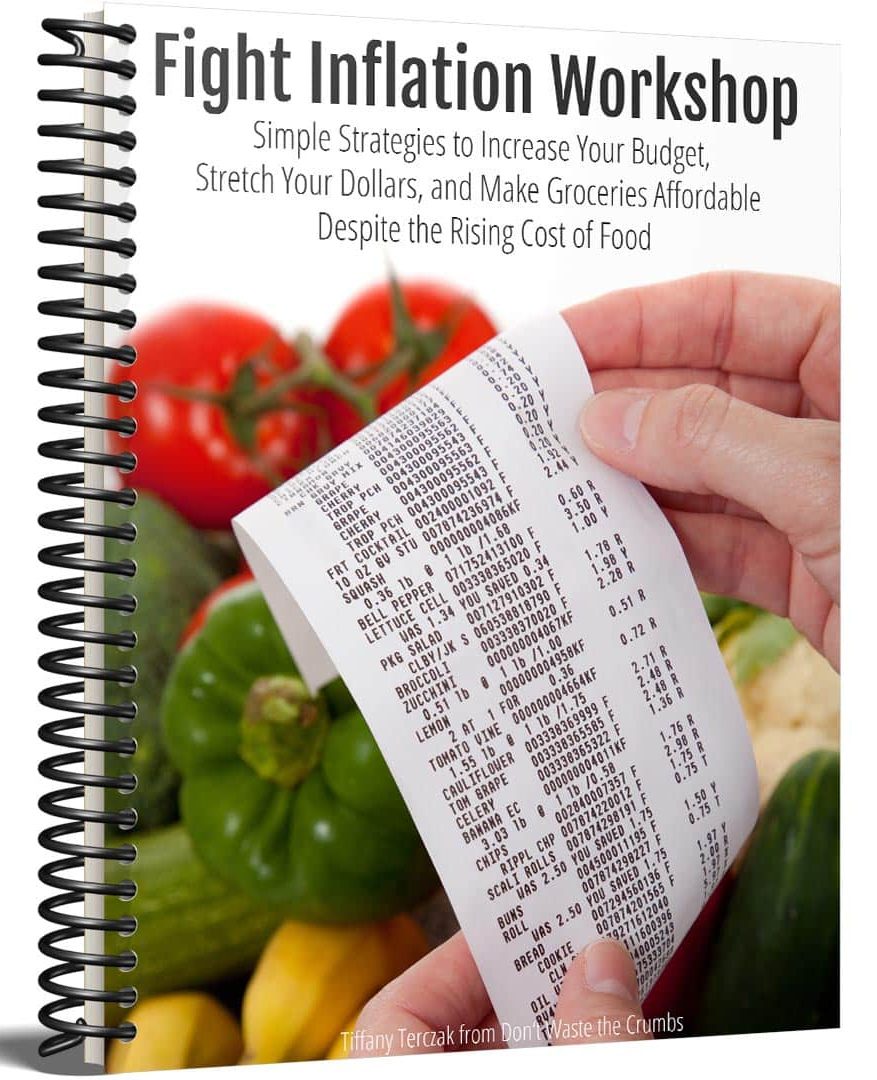

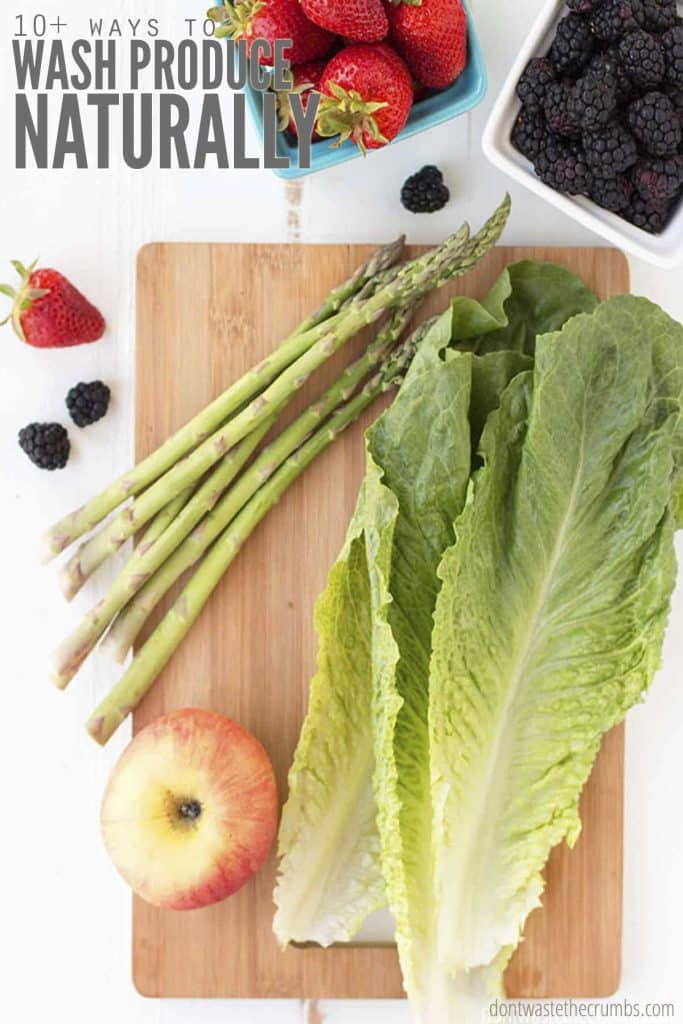

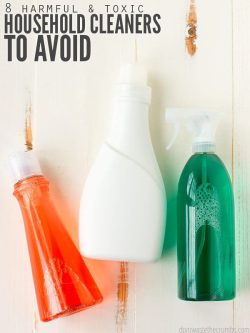
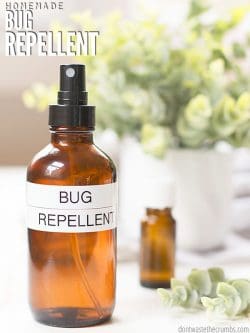

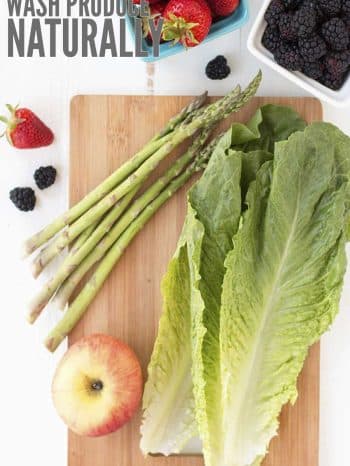
I did the vinegar and water option, but how long will the mixture last in a spray bottle? is there a shelf life to it?
Hi Kay!
You shouldn’t have any problem with vinegar going bad. 🙂
Thanks, that was my question on how long the vinegar was will stay good, I use the white viniger and filtered water from my Britta.
So … How does one “scrub” a bunch of grapes? Cherries? Tomatoes? Other soft fruits? OK, I get it; scrub harder veggie-types, like cucumbers, potatoes, apples and the like. But I also do not use or keep chlorine bleach, and it sure looks as though every other produce wash you’ve listed says to “soak, scrub, rinse, and air dry”. I hate to think what scrubbing would do to a basket of fresh raspberries! My gram would turn over in her grave.
For softer fruit, a good soak and rinse with your fingers will do the trick. 🙂
My doctor just recommended washing produce in a bowl of water with baking POWDER (not soda) added. Soak 30 minutes, then dry. Said she’s been doing it for ages, and it uses up that baking powder that we rarely use any more! Not sure why baking powder OR baking soda is helpful but we’re going to try it. I’ve just been washing things with dish soap and water up till now! Thanks for all the input from everyone.
Maybe it’s where I live but people do gross stuff, or let their kids do gross stuff, to products in stores. And grocery stores, especially in the produce section, is no exception. It’s disgusting, the things I have seen people do. Things I won’t even mention because I don’t want to gross anyone out. Just know that it’s probably whatever you are imagining and it would make your skin crawl. So, I do not feel that water is enough to wash it. I’m not a germophobe or anything, but after the things I’ve seen, things I will never be able to un-see, I am very thorough when washing my produce.
My husband and I, after going through our budget and finding things to slash, have decided to cut out the produce wash I buy at the store because it will cut our grocery budget by about $5/month. And that may not sound like a lot but it adds up. With 3 kids, I’ll take saving $60/year. So, it’s my first time in years that I haven’t bought a produce wash and I have this whole pile of stuff to wash for Thanksgiving. I found this by Googling how to make my own wash. And I like it because when I make it myself, I know what’s in it. And I could make a big batch for cheap. Thanks for this!
I was thinking of making a combination with white vinegar, salt, Castile soap and essential oil. Is that excessive?? Or do those not mix? Just wondering, because right now I use dish soap and scrub to wash fruit/ veg. Just started using Castile soap to do laundry, dont like it as a body wash yet. And vinegar seems the most common f/v wash. Thank you
All of the above is a bit excessive IMO Alex, but I personally would go with the castille soap. I tested whether or not vinegar actually killed chicken goo from the counter and it DIDN’T. Castille soap (and Young Living’s Thieves Household Cleaner) did, so if you have castille soap, I’d go that route.
(Tip: I make my own hand soap using castille soap – search “foaming hand soap” – and just use that to wash my produce. 😉 Two birds, one stone! )
I use ACV and water, soaks. It is amazing and amusing the things you might find washing/soaking your f/v, after all they do grow in nature!
Unfortunately, this info on veggie wash and pesticides is totally accurate. My husband worked on the two food safety studies for the government 🙁 I still use cleaners and home made cleaners etc but he says I’m wasting my time.
You can wash all you want but the best bet is raise it yourselves if you can. Bleach is the best for everything else but not a great choice
My number one take away from the studies first hand? NEVER BUY CONVENTIONAL STRAWBERRIES EVER. The residue was off the charts. Quick test for yourselves? Soak your strawberries for just a few minutes with a few drops of essential oil in a sinkfull of filtered water. Make sure it is something edible that you like. You will never get the taste out. Sad but true. Leafy greens were next. I never buy these conventional. I just don’t buy them at all if necessary.
Your post is the most realistic in this regard. What can we do? Only the best we can with what we can afford at the time in all aspects. And scrub. Just like hand washing, it is the friction that removed the most.
Thank you so much for chiming in Lisa and sharing this with everyone! I appreciate your insight, and your honesty. ♥
Chlorine dioxide is a healthy type of cleaner, used in municipal waters and food processing plants, and in natural healing. This would be the way to do what bleach would do. It smells like bleach, but it’s not.
Should I consider getting some distilled water to rinse the cleaner off after cleaning since I don’t think our tap water is the best?
It’s up to you Gail, but I don’t think it’s necessary. 🙂
We have been using our natural dish soap, but it is probably not as natural as castile soap and the essential oils. I will pin this so I can work on it later. It takes me a while to start new habits. 🙂
I hear you – hope you love it Kristie!
Hi,
I was reading your text on making homemade cleaners for veggies and fruits. Somehow along the way I clicked on your recipe for baking a cake using cooked oatmeal. I cannot find it now.
Could you please direct me to that recipe?
Thank you.
Sure! I think you’re looking for this one: https://dontwastethecrumbs.com/2013/06/yummy-recipe-leftover-oatmeal-chocolate-cake/
Baking soda & water, I have read, is a great combo!
I have heard this also and wondered if there was a reason it wasn’t one of the options.
This is what I do. I make a paste with the baking soda and today it on the waxy feeling ones and it comes right off. I love it!
Probably a stupid question but if “It turns out that they [fruit and vegetables washes] aren’t any better than water. Multiple studies have found that produce washes are no more effective in cleaning produce than regular tap water.”, & “To re-state what the University of Maine and the FDA advise, just use water. A soak and a good scrub, using a scrub brush like this one, will do the job.” why spend the money on a produce wash store-bought OR diy? Because of the pesticide residue? Do you know how much of it is removed by only using water?
I personally feel a bit weird using soap on my food that I wouldn’t want to ingest (veggies are to some extent porous after all) but then it could be a cultural thing (being outside of the US) because I’ve never seen a vegetable wash in the store and I’ve never heard of anyone using them.
Hi E! I personally wouldn’t spend the money on a store-bought produce wash, and would use the DIY only if I felt compelled to. I use soap on fruits with thin skins (peaches, pears, apples, grapes, etc.) because it washes dirt and packaging/shipping residue. It sounds weird, but the fruit tastes better when it’s clean, LOL. I don’t know how much residue is removed by water only, and I haven’t seen any stats offering this (so far!).
Tiffany, This is really timely for me. I picked some asparagus and thought I had done a good job washing before cooking. Well, we had a bit of grit mixed in with our fried asparagus! Not a totally pleasant experience even for a gal who was taught that you eat a bushel of dirt in a lifetime 🙂 I found the sand was in the flower of the asparagus. Do you have any tips for washing it? Should I soak or submerge it completely?
I’d submerge complete Ruthie for a minute or two, then swish the heads in clean water. The flower is delicate, so too long of a soak might ruin the texture.